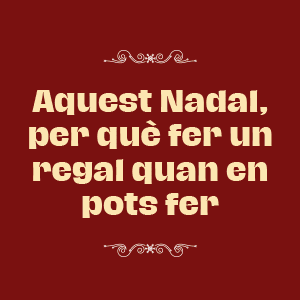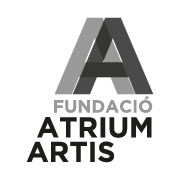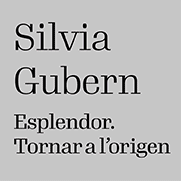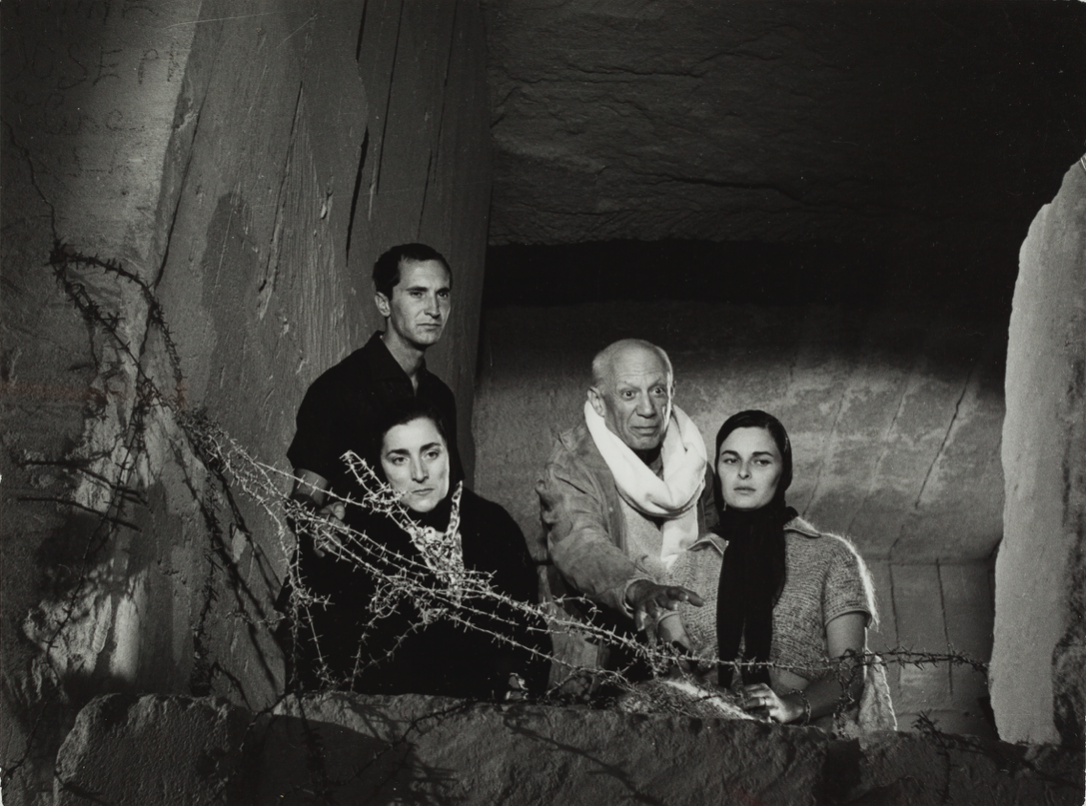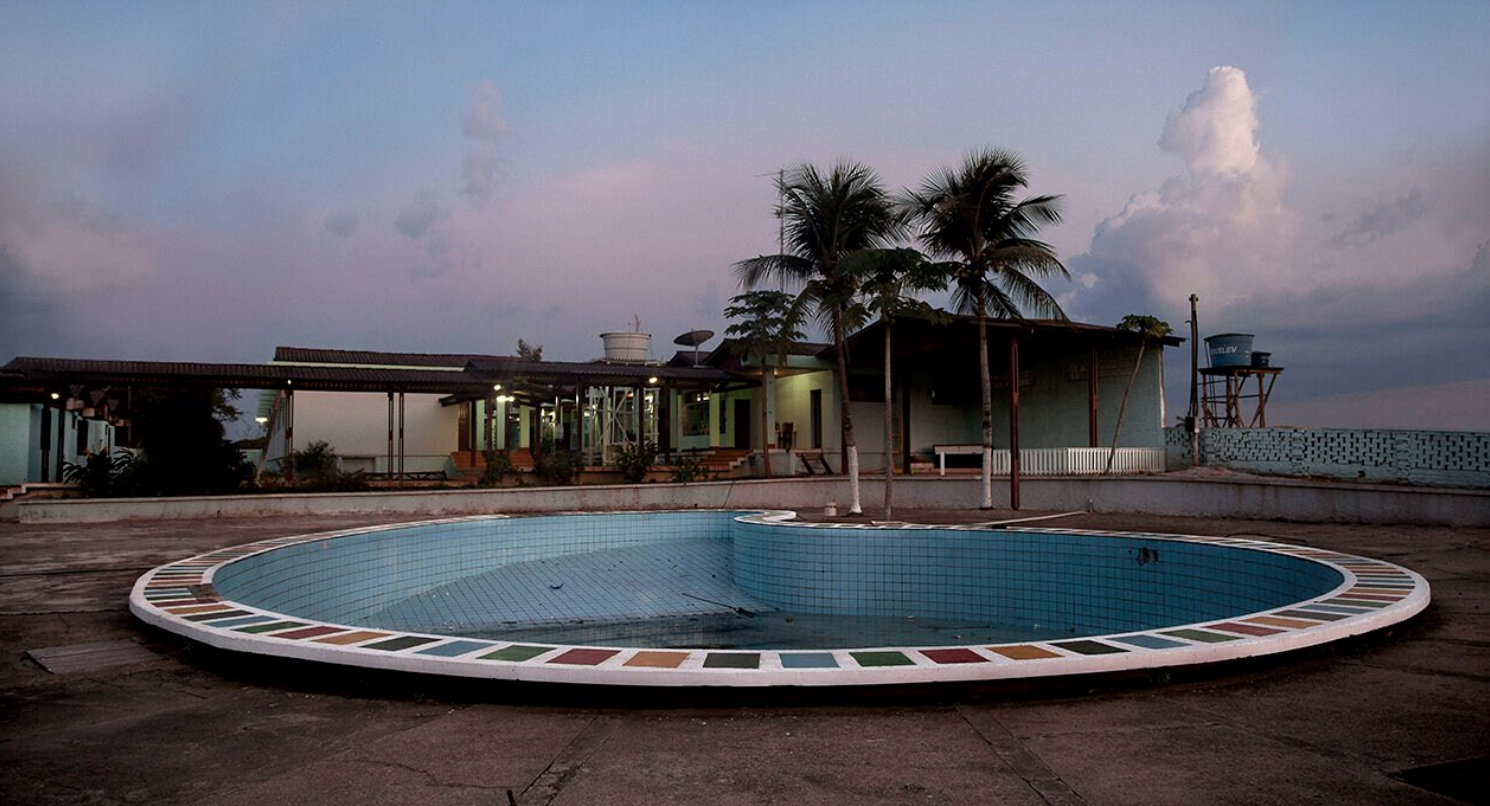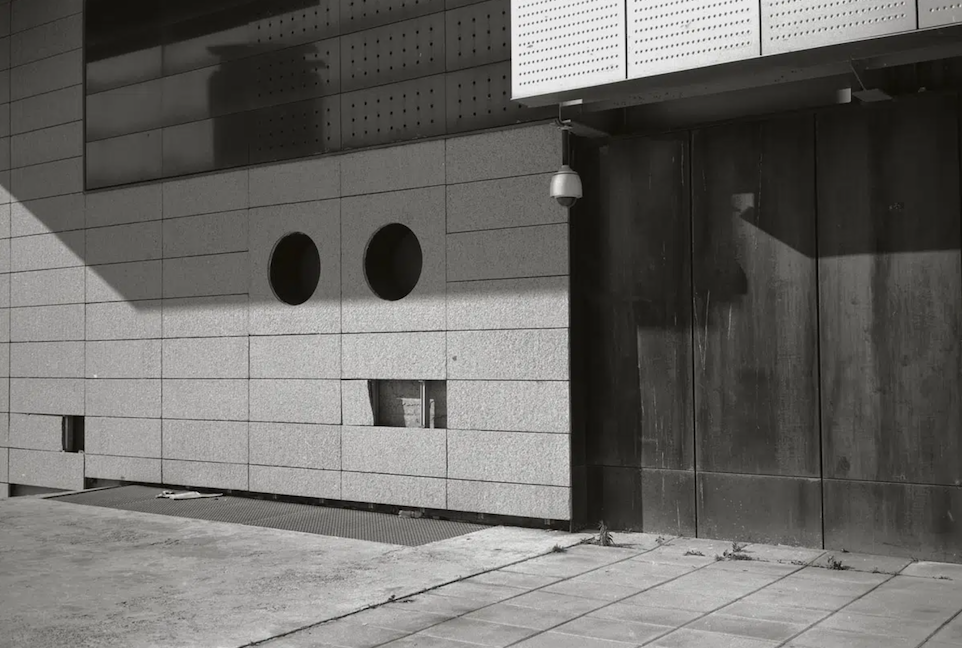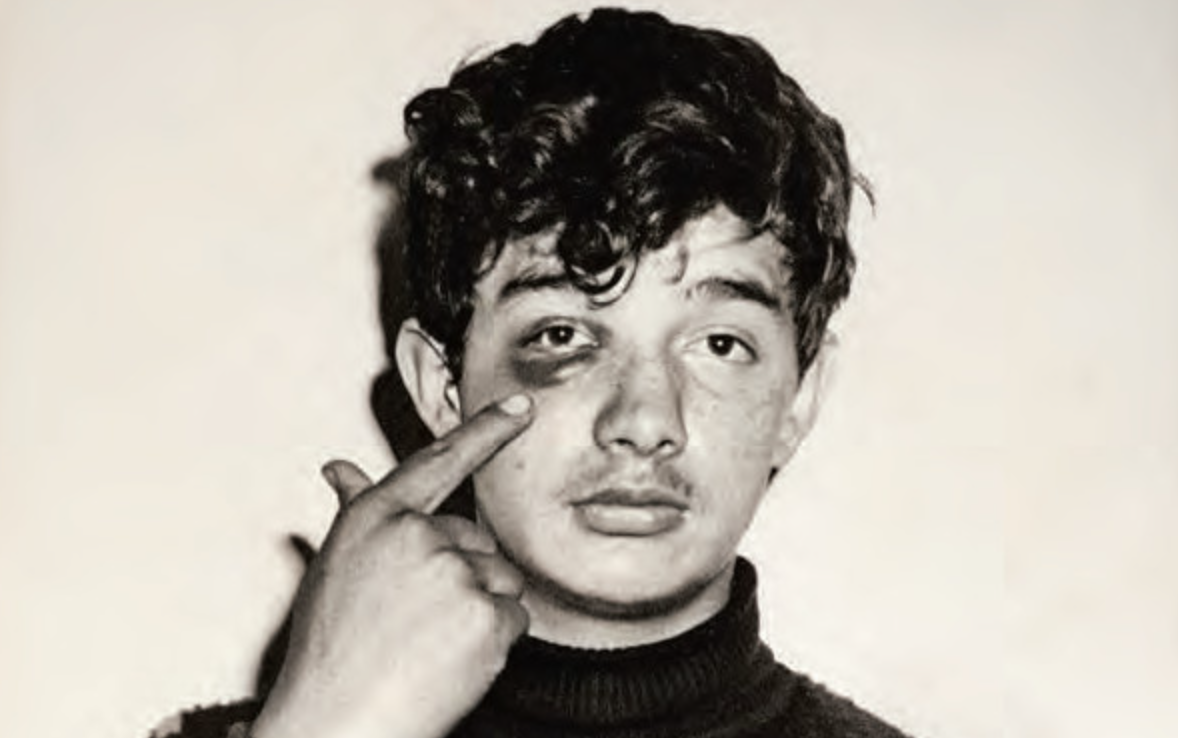interviews
Conxita Oliver: "Linking art to the territory is a key task"
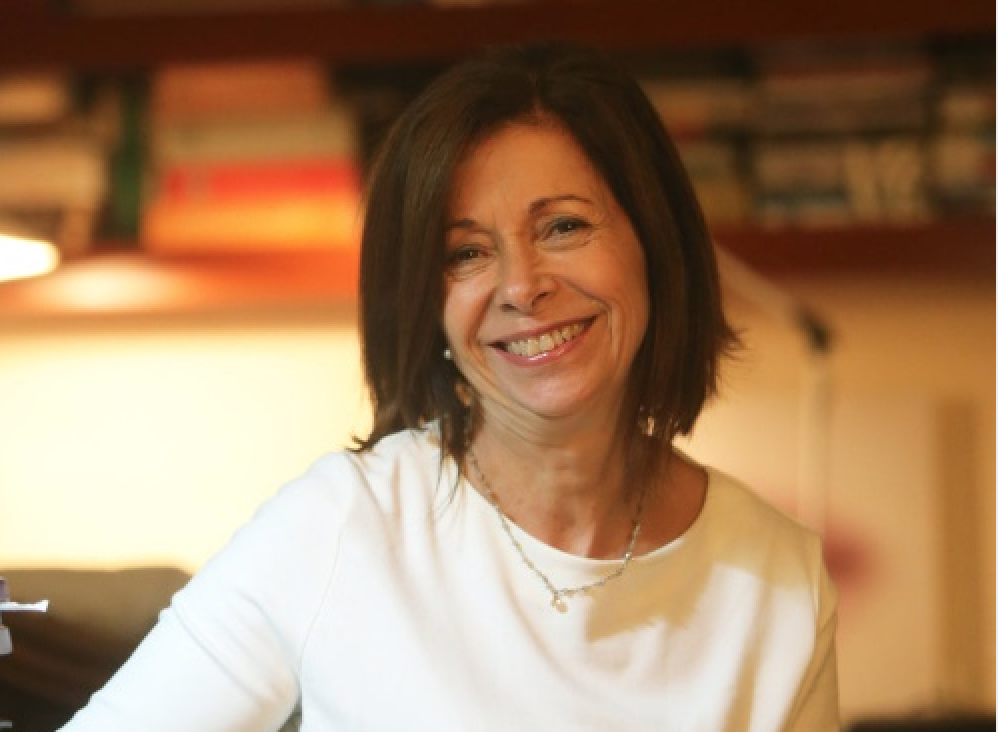
Conxita Oliver (Barcelona, 1957) Degree in Art History from the UB. Member of the International Association of Art Critics (AICA) and the Catalan Association of Art Critics (ACCA), he has developed art criticism in the magazine Batik and Arte Omega, in the Culture Supplement of the newspaper Avui , on the radio stations Catalunya Cultura and Ona Catalana and in specialized media such as El Temps de les Arts and Bonart. She has been curator of the Art Fund of the Generalitat de Catalunya; member of the Board of Qualification, Valuation and Export of Assets of the Historical and Artistic Heritage of Catalonia; responsible for the Public Network of Visual Arts Centers and Spaces of Catalonia of the Department of Culture; Santa Mònica Arts Director; Coordinator of the Comprehensive Plan for the Visual Arts of Catalonia (2014-2021) and Head of the Area of Dissemination and Artistic Cooperation (2017-January 2022) of the Department of Culture. She has curated and coordinated a hundred exhibitions and is the author of books and monographs on contemporary art. He is a member of the jury for art awards, advises on programming and collections and has cataloged various public and private collections.
In 40 years of experience, you have gone through many stages of the Department of Culture: how were the beginnings and what has changed with respect to today?
At the time of the creation of the Department of Culture in 1980, Councilor Max Cahner devoted the few resources available to building an institutional and administrative structure that would allow the deployment of the necessary cultural policies for the country. Although these were difficult years, significant efforts were made to restore institutions that had emerged during the Commonwealth and the Republic, giving them a new impetus. This decade saw the culmination of the transfer of powers in the field of culture by the State Administration. These were moments of great excitement because everything was to be done and the sum of complicities made us unbeatable. Since then, an important process of expansion of services and equipment has been carried out, although we have a long way to go. Catalan cultural policy has been characterized by periods of remarkable initiatives that have had little permanence, especially due to the lack of continuity of the same policies made by their predecessors and also by the precarious budget that has conditioned their growth. It is necessary to understand all the agents involved in the definition of cultural policy in order to place culture as the basic axis and identity of the country in order to reach a consensus on the main lines of action. In order to vindicate the key role of the artistic and cultural fact in Catalonia and to row in a single direction, it is essential to establish wide-ranging political agreements.
You were the director of Santa Mònica and you have worked and collaborated for many years. What has been your connection to this art center throughout your career?
In 1984 the old convent of Santa Mònica was declared a historical-artistic monument of national interest and became an exhibition space of the Generalitat de Catalunya, being restored by the architects Helio Piñón and Albert Viaplana. In 1988, this new artistic facility was added to the Joan Miró Foundation, the Museum of Modern Art, the Picasso Museum and the Palau de la Virreina with a commitment to contemporary art. The Department of Culture, given the lack of artistic infrastructure in the city of Barcelona and by extension in Catalonia, developed a program of exhibitions that combined the presence of internationally renowned artists with the review of different eras of the Catalan art. Once the MACBA was up and running, with the participation of the Generalitat in the consortium, the Santa Mònica Art Center, from 1995 to 2002, began to fill gaps in Catalan art with a new goal: the revision of trajectories and groups of artists born during the first decades of the twentieth century. In October 2003, after a closure for the improvement of its facilities, it turned to emerging contemporary creation and production. Between 2009 and 2013, it was conceptually redefined and began a program that had to address the intersection of various disciplines of contemporary artistic creation with science, thought and communication as structuring axes. In 2013, a new career began as a Center for Creativity, which I led for three years to reorient the project as a laboratory of ideas and as a confluence of contemporary creation. From then until today, I have been directly linked to Santa Mònica from different assignments and tasks that have accompanied me throughout my professional life.
You have curated a hundred exhibitions. Would you highlight any? Are there any particular signs that you think are important to get started and that have not yet been raised?
I have conceptualized and conceived all the exhibitions with the aim of increasing the capacity for reflection, thought and knowledge and, above all, to capture sensitivity towards contemporary art. I would not highlight any in particular because I have always been guided by critical discourse, methodology, rigor, systematic research, documentary support, and thorough analysis. I advocate mediation with the public to break the misunderstanding and bridge the gap between artists and society. Any sample born with these parameters is absolutely necessary. It is also necessary to promote the pedagogy and teaching of art in the schools where the future artistic agents who will interact with the art of their time are being trained.
Cultural manager, programmer and exhibition curator, art critic ... In what role do you feel best?
As the boundaries between professional disciplines blur, intellectual adventure is versatile and plural, as is the very work of art that participates in a complexity of languages, a diversification of formats, and a multiplicity of results. Today, the exchange of roles has become normative. I believe that I have never differentiated any of these roles, but I have always acted by taking a multifaceted and plural position of dialogue between the different agents to help broaden our cultural sphere. It is necessary to promote intersections and accelerate the triumph of creativity as a value, as well as to promote the areas of production, exhibition and dissemination for the development of creative practice. We all become critics through artistic projects when we use them as tools of thought and knowledge. But, above all, the great challenge is to adapt to the permanent changes of the artistic language, of a transversal nature and in constant mutation, both from the place from where it is performed.
Why is it important to link art to the territory? What potential can municipalities develop through art? How do you rate the work of municipal visual arts technicians?
Art is a generator of social cohesion, participation and community action. Therefore, linking art to the territory from a backbone of the artistic fabric of Catalonia is a primary task. Stimulating and promoting actions in a more solid, stable and balanced organization in a coordinated way between the Generalitat de Catalunya and the city councils is one of the priority missions of the Department of Culture. Coordinating efforts and provoking debate and networking can be carried out from now on thanks to the legal umbrella that involves the publication of the Decree and the Order of the Public System of Visual Arts Centers and Spaces of Catalonia. Taking into account the type of equipment, as well as the objectives that correspond to each category, the eight municipal territorial centers (and those that may be incorporated in the future) are positioned as reference centers for collaborating and dynamizing the artistic agents of each territory, foster their interrelationship with the visual arts sector and with other areas of thought, and do so on a local, national and international scale. The work of the technicians of these centers is fundamental in creating permanent channels of exchange, establishing synergies and increasing activities in order for contemporary art in Catalonia to gain a presence in public and private policies. It is important to emphasize that all cultural action must be rethought in terms of its profitability and social benefit and that public resources must have their return to the community. Culture and art play a key role in imagining common ways of life, as well as alternative processes of interrelation.


